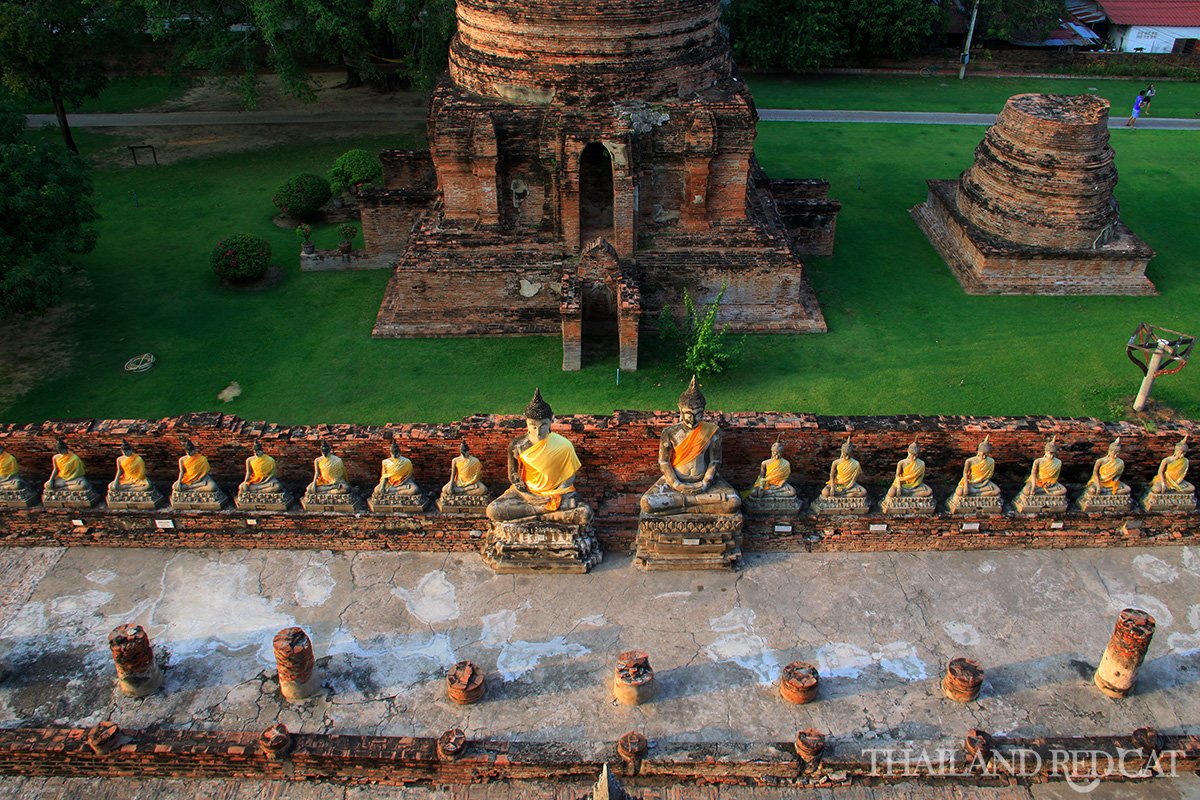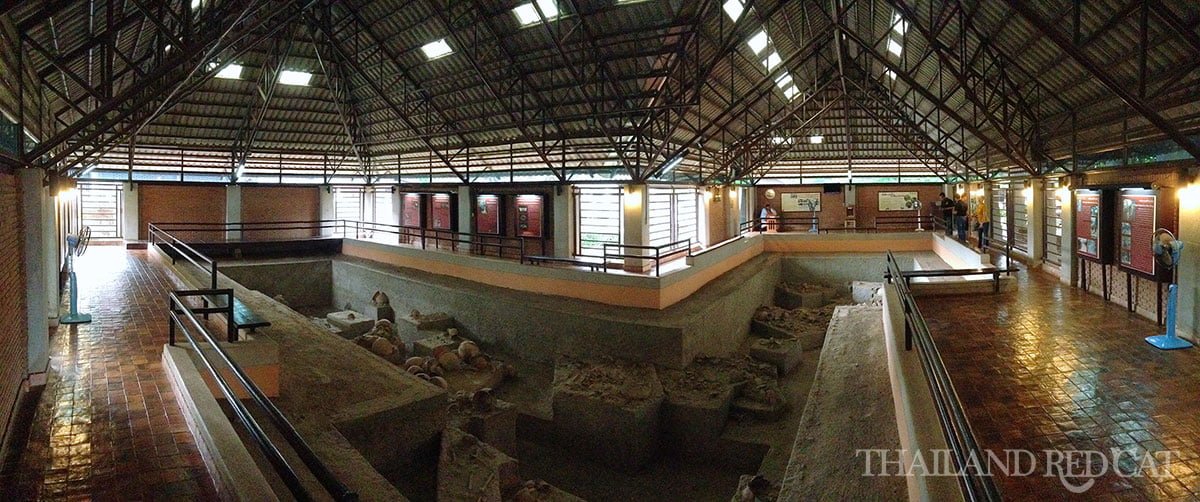The full world heritage list proclaimed by UNESCO includes 1,152 properties that are part of the cultural and natural heritage which the World Heritage Committee considers as having outstanding universal value.
There are five different world heritage sites in Thailand all of which are located in the country’s north or north-east. Here is a short description of each of them and where they are located.
Historic Town of Sukhothai and Associated Historic Towns

From 1238 to 1438 Sukhothai was the capital of the first Kingdom of Siam. It is known for its numerous monuments and temples that are illustrating the beginning of Thai architecture.
Starting from the 12th century people from Yunnan in China migrated to the northern regions of the Khmer state. Known as the Thai (free men) they soon organized small communities. After a Thai prince married a Khmer woman they rebelled against the central power and created the first Siamese state, calling it the kingdom of Sukhothai – after the name of its capital city.
Sukhothai was ruled by many Kings, with the most famous one being King Ramkhamhaeng the Great who crated the Thai alphabet, set the foundation for politics, monarchy and religion and expanded the empire’s boundaries of influence.
- Find the full article of my visit to Sukhothai here.
Historic City of Ayutthaya

Founded in 1350, Ayutthaya became the second capital city of Siam after Sukhothai.
It flourished from the 14th to the 18th centuries and became one of the world’s largest and most advanced civilizations as well as a center of global diplomacy and commerce. Its location above the tidal bore of the Gulf of Siam on an island surrounded by three rivers connected to the sea was chosen strategically as it protected the city not only from seasonal flooding but to prevent it from being attacked by warships of other nations.
Nevertheless Ayutthaya was attacked and destroyed by Burmese army in 1767 who then forced the citizens to abandon the city. Nowadays Ayutthaya that has a population of only 54,000 mainly attracts visitors for its extensive archaeological site with a large number of beautiful temple complexes.
- Find the full article of my visit to Ayutthaya here.

Thungyai-Huai Kha Khaeng Wildlife Sanctuaries
Located in the Uthai Thani, Kanchanaburi and Tak provinces along the Myanmar border, these 600,000 ha adjacent parks and sanctuaries are the largest protected area in Southeast Asia.
They are best visited from Uthai Thani.
In Thungyai-Huai Kha Khaeng you can find almost all the forest types of continental Southeast Asia such as mountain virgin forest, dry virgin forest and pine forest. This unspoiled nature makes it an ideal home to various rare and endangered animals such as elephants, tigers, buffaloes, rhinoceroses, tapirs, leopards, bulls and many others.
Ban Chiang Archaeological Site

Located about 55km east of Udon Thani, Ban Chiang is considered the most significant prehistoric settlement in Southeast Asia. Not only does it present the earliest evidence of farming in the region but also of manufacturing and the use of metals.
The red painted pottery is exhibited in the Ban Chiang National Museum that makes a fantastic day trip from Udon Thani.
- Find the full article of my visit to Ban Chiang here.
Dong Phayayen-Khao Yai Forest Complex

The Dong Phayayen-Khao Yai Forest Complex in the Nakhon Ratchasima province stretches over 230km between Ta Phraya National Park near the Cambodian border in the east and Khao Yai National Park about 100km northeast of Bangkok in the west.
This site contains more than 800 species of fauna and is of high international importance for the conservation of globally threatened and endangered mammal (112), reptile (200) and bird (392) species that can only survive in this viable tropical forest ecosystem.





